
President Biden pivoted sharply on student loan policy when he indicated this week that the administration is “looking at different options” for forgiving student debt entirely. This marks a departure from his campaign promise to forgive no more than $10,000 in student debt per borrower. Biden’s rhetorical shift also seems to contradict some of his previous statements suggesting that he disliked the regressive nature of widespread loan cancellation; in other words, that it’s really more of a giveaway to the already rich than a program intended to help the poor.
With student loan forgiveness potentially on the horizon, it’s a good time to break down some of the myths and questions surrounding the student debt crisis that I’ve encountered while engaging in the policy debate over this issue and making the case against loan cancellation.
Q: Why do you hate poor people?
A: In short, I don’t. This is the most fundamental misunderstanding in this space. Student debt, it turns out, isn’t a “poor people” issue. It’s totally reasonable to think: it’s only the poor or “poorish” people who can’t afford college without loans, so forgiving debt must be a reasonable way to help out this group. Unfortunately, that’s all wrong.
We know that students from the highest income families borrow the most — yes, the most. That’s because they go to expensive colleges and stay in school the longest (often going on to complete graduate and professional studies). And the fact that they borrow doesn’t even indicate a lack of cash-on-hand. Even if a family had the cash on hand to pay for their child to go to school, the subsidized interest rate on student loans is so low that it can make economic sense to borrow to pay for school and invest the cash elsewhere.
It’s also true that people with student debt go on to become the most well-off in our economy. And you don’t have to trust me on that. Research from Sandy Baum of the Urban Institute and Adam Looney of the Brookings Institution shows that much of outstanding student debt is held by the highest income Americans. The top 40 percent of households, in terms of annual income, hold “almost 60 percent of outstanding student debt and make almost three-quarters of the payments.”
It makes sense if you think about it. Borrowing enables investment in education. Investments in education bring about greater earnings. So it should be no surprise that education debt is largely an issue for the rich.
Q: Yeah, but get real. Not everyone with student debt is rich. And there are definitely people who are struggling. Won’t this help them?
A: It would help them. Sort of. It would be like addressing hunger by making groceries free instead of expanding the Supplemental Nutrition Assistance Program (aka “food stamps.”) A poorly targeted approach ignores existing infrastructure that would more efficiently help the truly struggling.
All student borrowers (not parent borrowers) are already eligible for programs that reduce monthly loan payments to affordable levels based on earnings and forgive debts that remain unaffordable in the long run (defined as 10, 20 or 25 years depending on the borrower.) These programs, collectively called Income Driven Repayment, construct a means-tested safety-net for borrowers.
These programs don’t work perfectly and are certainly in need of reform. But they aren’t irrelevant to the conversation. About one in three borrowers are now using these programs to repay their debts. The reason we don’t hear more about them in the discourse about the student loan crisis is because their existence undermines the case for widespread loan cancellation. And “fix IDR,” while smart from a policy perspective, is a more complicated sell politically.
Q: Advocates sometimes argue that student loan cancellation would be a big step toward reducing the racial wealth gap. Isn’t that reason enough to do it?
A: The racial wealth gap in America is an issue that certainly demands attention and perhaps significant interventions, but the fix shouldn’t come through student loan policy. Attempting to fix the racial wealth gap through loan cancellation would be akin to fixing gender pay disparity by giving a tax break to every female CEO. Mathematically this might reduce the measured disparity, but it altogether misses the point.
If we wish to reduce the racial wealth gap, we should address it directly. The idea that we have to give money to millions of rich white Americans in order to modestly reduce the racial wealth gap is nonsensical. We can do better.
Q: Wouldn’t it be good for the economy?
A: This was a question I heard a lot several months ago in the context of stimulating the economy following the pandemic downturn. At the time, the federal government was giving money away to Americans and hoping they’d go out to spend it in order to stoke the economy back to full employment. It seemed obvious to many observers that student loan cancellation could help in the same vein.
The problem with that approach would be twofold. First, loan cancellation would be a poor form of stimulus. It would be expensive relative to its immediate effect because the government would incur the cost of the full balance but only affect current household spending by the amount of their monthly payment. And the fact that benefits would largely accrue to the rich would also dampen the effect. We generally target stimulus to lower income households because they are the most likely to spend the money rather than to save it. And when the economy needs a boost, it’s spending, not saving, that will do the trick.
Q: Okay, but it wouldn’t really hurt anyone. What’s the problem with helping borrowers even if it isn’t the magic pill we’d imagined.
A: Well, it does hurt someone. A lot of people actually. And it hurts the people we probably want to hurt the least; the poor.
As economists annoyingly like to remind people, nothing is free. Student loan cancellation might not look like a spending program since new cash doesn’t go out the door. But it costs all taxpayers because of the tremendous amounts of lost revenues that it generates. That is, money the government was planning on having in its coffers from loan repayment simply won’t be there. That’ll leave us with three options: cut spending, raise taxes, or increase the deficit.
When I’ve debated this issue in the past, I’ve often encountered the argument (seemingly based on Modern Monetary Theory) that spending beyond our means is costless; that it doesn’t create inflation as predicted by classical economic theory. Until recently, we’d been growing deficits for decades without any resulting inflation, so that framework seemed to offer a permission slip to spend without bound. But things changed. And as anyone with a pulse knows, inflation has taken hold in our economy, causing prices for everything from food to housing and gas to rise at rates we haven’t seen since the 1980s.
Spending beyond our means isn’t costless and there are real consequences. The spending required to cancel outstanding student debt would not only impose a fiscal cost on taxpayers, many of whom do not have the luxury of a college degree, but would also impose a lasting cost through higher prices across the economy. To add insult to injury, we know that inflation tends to affect lower income Americans more adversely than higher income ones.
Lastly, and perhaps most importantly, loan cancellation would likely drive rampant tuition inflation, which would exacerbate the challenges we already face. Students off to school next fall would likely anticipate the political inevitability of another round of loan forgiveness and would be willing to spend and borrow more than they would have otherwise. Institutions would almost certainly respond to that willingness by raising prices further.
Beth Akers is a senior fellow at the American Enterprise Institute and author of Making College Pay: An Economist Explains How to Make a Smart Bet on Higher Education and Game of Loans: The Rhetoric and Reality of Student Debt.
The post FAQ: Student Loan Cancellation Edition appeared first on Education Next.
By: Beth Akers
Title: FAQ: Student Loan Cancellation Edition
Sourced From: www.educationnext.org/faq-student-loan-cancellation-edition/
Published Date: Fri, 29 Apr 2022 09:00:52 +0000
News…. browse around here
Trading News: https://branch.centuryac.com/qcnfl/celebrities-who-disc-golf.html
Exciting Finds: http://nysbar.com/blogs/EASL/2021/12/theater_news_for_the_week_endi_2.html
Stay up to date on China: https://www.chinapulse.com/data-news/2021/05/30/australian-betting-technology-company-betmakers-proposes-to-acquire-tabcorps-betting-and-media-division-worth-au-4-billion-iag-inside-asian-gaming/





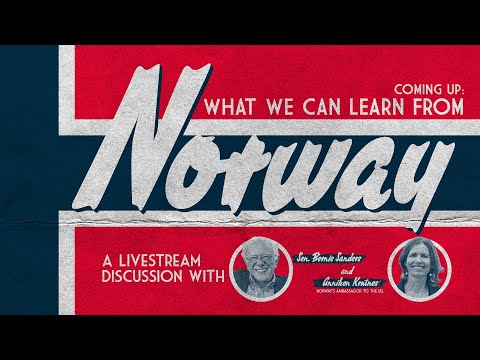



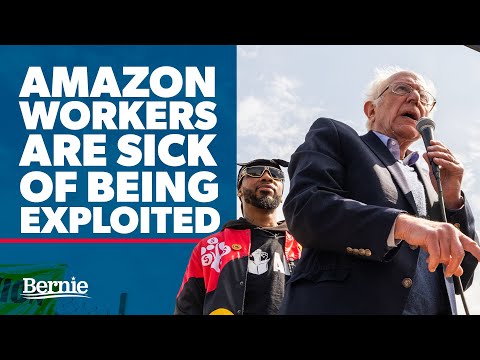


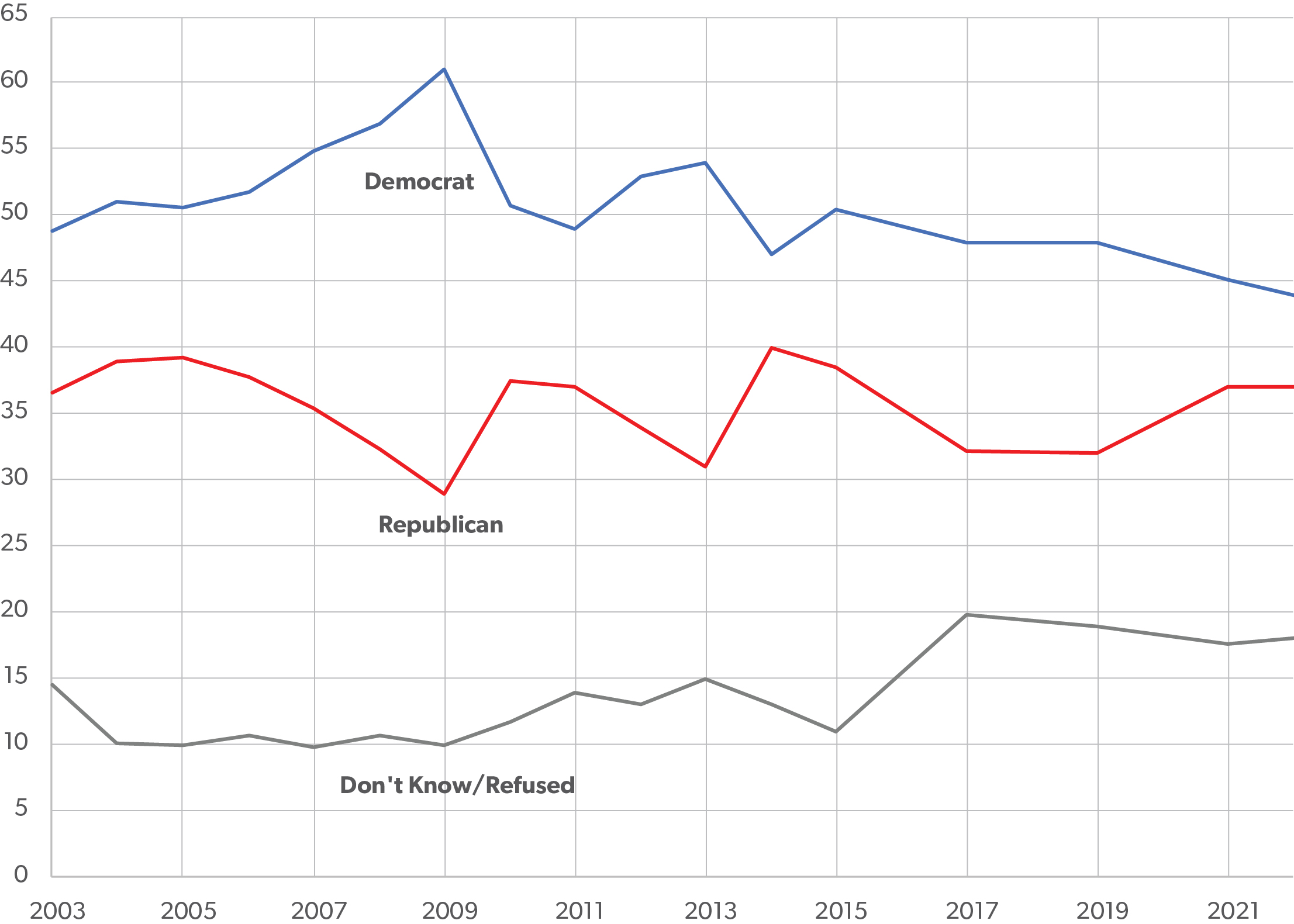
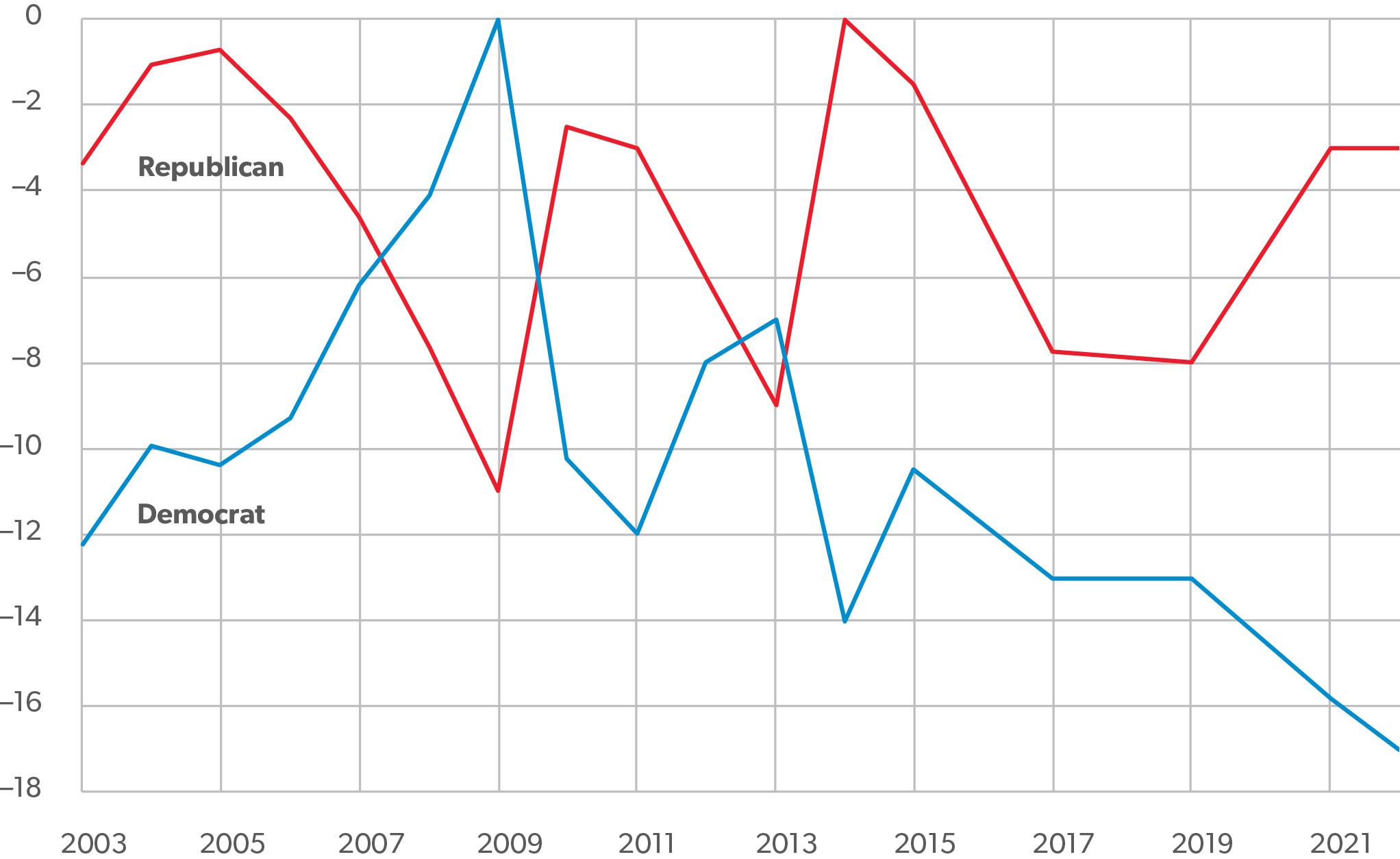
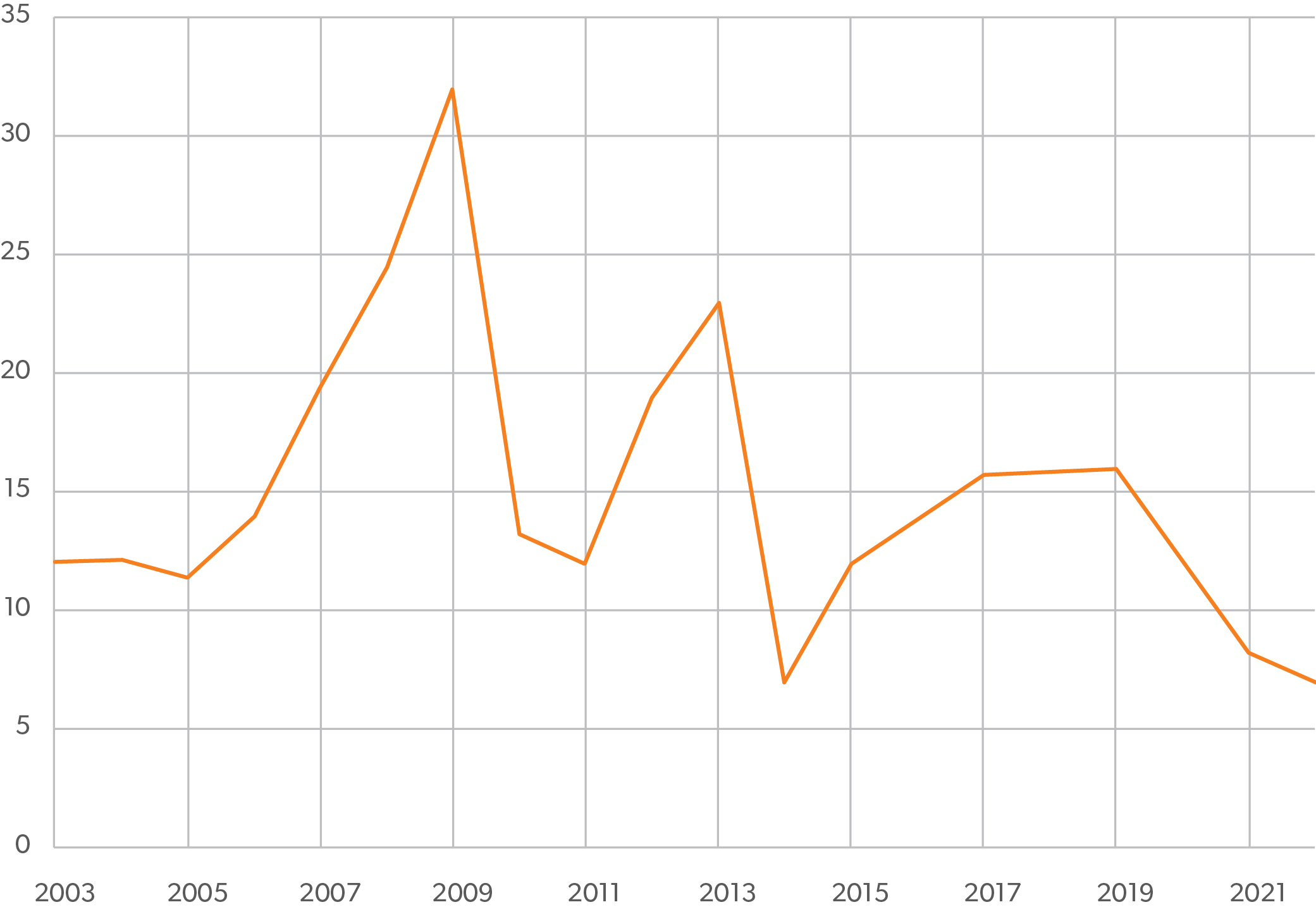
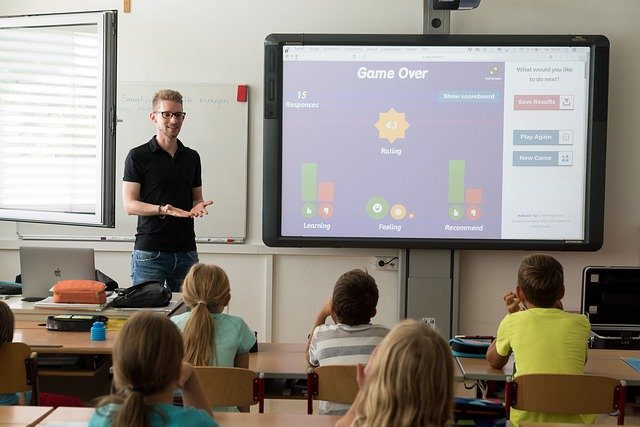 The Executive Director of the Office of Learning Recovery & Acceleration at the North Carolina Department of Public Instruction, Michael Maher, joins Paul E. Peterson to discuss North Carolina’s preliminary report on student learning loss in the state during the pandemic.
The Executive Director of the Office of Learning Recovery & Acceleration at the North Carolina Department of Public Instruction, Michael Maher, joins Paul E. Peterson to discuss North Carolina’s preliminary report on student learning loss in the state during the pandemic.

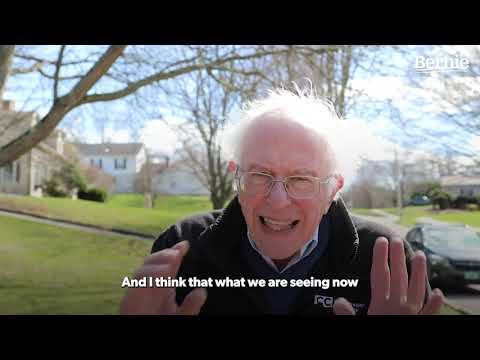


 e right to move from this school to that school. In fact, even as we debate things like opportunity scholarships and education savings accounts, we may be able to find copious common ground on more incremental ways to expand options and promote educational choice.
e right to move from this school to that school. In fact, even as we debate things like opportunity scholarships and education savings accounts, we may be able to find copious common ground on more incremental ways to expand options and promote educational choice.